How many creatures in Greek mythology do you know? I’m sure that most of you have heard of the Minotaur, Scylla, and Charybdis, as well as the Centaurs and the Cyclops. Possibly you know even more, but here we will meet none of the above but 6 of the most terrible monsters that ever existed in the Greek world.
How?
Simply by traveling to the deep chambers of the earth, where they are hidden, waiting perhaps for their chance to rise again into the world of the living.
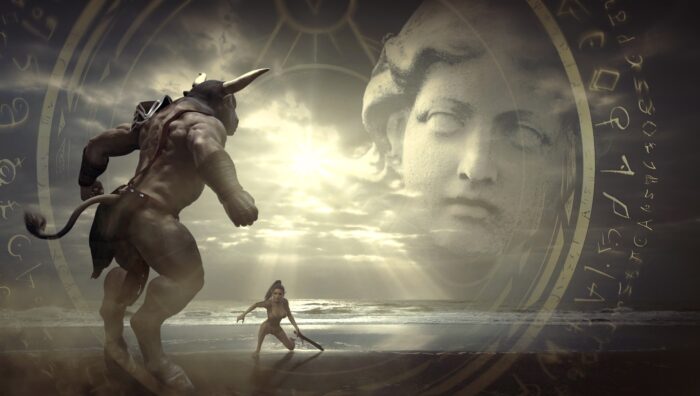
Forgotten Monsters of Greek Mythology
Today, we will not talk about the famous fantastic creatures that have appeared in movies and books countless times. Instead, we will try to find the monsters that were once mighty, powerful, and terrible, but now have been forgotten.
There are many of them, so we will not find them all. But we will definitely get a picture of a different, fantastic mythological world of Bronze Age Greece that has remained invisible.
The rich Greek mythology covers a huge range of fiction. In its stories, you will find countless witches, monsters, elves, demons, ghosts, giants and dwarves, winged dragons and horses, enchanted objects, and mechanical beings.
Fantastic creatures, really strange for a 21st-century human mind, but at the time they were born and many centuries later, they were considered real.
Some said that they saw them, some heard them, and some were destroyed or saved by them. Most of these creatures are featured in the tales about the labors of ancient Greek heroes.
For the human of antiquity, his mythology was his history, his religion, and his teaching, in short, a part of his daily life.
That is why we should not be impressed that many of these strange mythological beings, such as the Lamies, the Dragons, and others, survived until today and are still alive in the newest legends and folk tales of the Greek tradition.
Monsters of Greek Mythology are not dead, they are just imprisoned in deep caves from which they can not escape, unless…someone releases them!
We just want to meet them, so we have to travel deep into the earth, using, where necessary, a lot of our imagination.
A fantastic trip in the depths of the Earth
But let’s talk no more, and let’s start the descent. We will go back, we will sink into the depths of our mind, to its unknown side, where the subconscious resides.
In search of these strange mythological creatures, we will travel to the space-time of fantasy. In these deep caves, we will find everything gathered. So let’s move on!
We are already inside the cave. It is slightly illuminated by the torch we are holding. The light from its flames, in combination with the stalactites, forms strange, eerie shadows.
Ancient words are engraved on its walls, in unknown languages that once existed or have not existed yet. A smell of dirt and moisture is around, and water drips from the top, while whispers are heard all around.
It’s about time to start the long descent. We will find seven levels here, and we will go very deep down. What did you think? The long-lost imaginary creatures are not so easy to find.
Apatee – The goddess of Deception
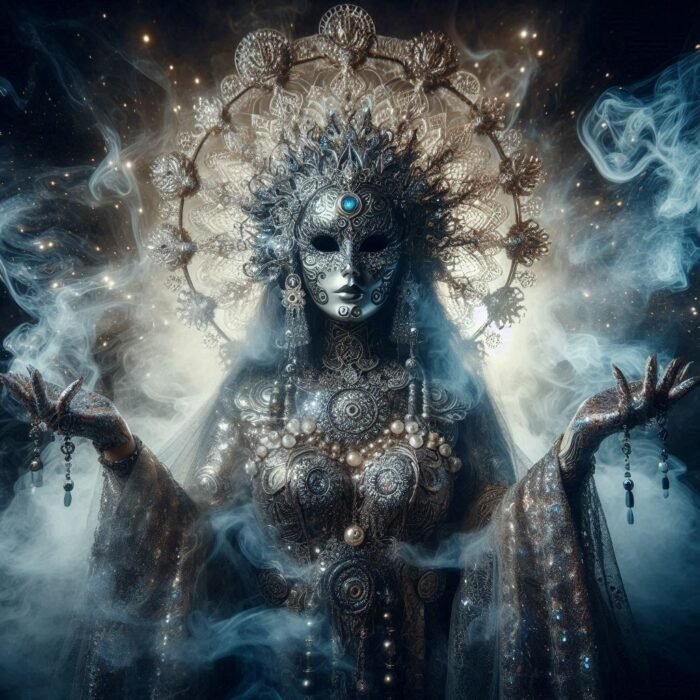
So we reached the first level. It is difficult as the place is getting dark and narrow. It leads us to an opening that is the entrance of the first chamber.
We first insert our heads and look carefully inside.
There is a woman-like creature sitting in the center. She has snakes instead of hair, bat wings come out of her back, and her hands end up in lighted torches.
There are other engravings around the walls, depicting her with fingers from vipers or whips. She looks at us with glowing eyes.
She looks like Erinyes, goddesses of Curse and Revenge. She is no other than Apatee, the goddess of Deception, the personification of deception, deceit, and falsehood.
Apatee (according to Hesiod) was a Greek primordial deity who represented deceit and trickery.
She was the daughter of Erebos (Darkness) and Nyx (Night).
She was associated with several other deities, such as her half-sister Themis (Justice) and her brothers Dolos (Guile), Momos (Blame), and Oizys (Distress).
Apatee was said to have been responsible for deceiving the gods and mortals alike, making them believe lies and deceptions.
Her schemes could often be so convincing that even the gods were fooled, though they eventually saw through her plans and punished her accordingly.
In some versions of Greek mythology, it was said that she had helped Zeus win the Great War against the Titans by sowing confusion among the enemy ranks.
Apatee’s power over deception is seen throughout many Greek myths and stories. She is sometimes seen assisting the gods, such as when she aided in creating chaos that ultimately led to the fall of Troy.
Other myths recount tales of Apatee using her powers against unsuspecting mortals. She is often linked with other figures who are known for their cunning and trickery, such as Hermes, Odysseus, and Circe.
The name Apatee is thought to come from the Greek words apatês, meaning “deception”, and apatao, meaning “to cheat” or “to deceive”.
The goddess is closely associated with several epithets related to her power over deception, such as Apatêtos (Deceiver), Apatorema (Cheater), and Apataemia (Deception).
With her hand, she shows us a recess in the rock, from there we have to go if we want to continue even lower.
Argos or Panoptis
We follow her advice, and we reach the second chamber. A huge creature is waiting for us. A shepherd monster with a hundred eyes, a creature trained to guard people and animals.
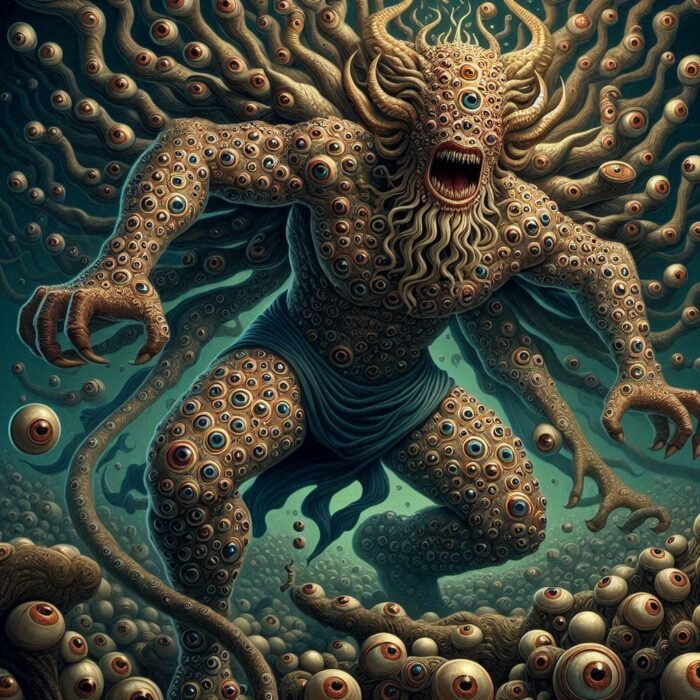
His name is Argos (which means “bright”) or Panoptis (“The one who sees everything”). Just remember the words optics and panoptic.
It makes sense if you consider that he had eyes everywhere, in front of and behind his head, and all over his body, while they say that when he slept, he only closed half of them, while the rest kept him awake.
He was a descendant of Okeanos and Tethys and one of the most terrible monsters of Greek mythology.
Historian Ferekidis records that his eyes were only four, two in front and two behind (plus one that was placed on his neck by Hera, the wife of Zeus), while others claim that they were infinite.
Aeschylus calls him “Myriopon voutan”, which means “the million-eyed herdsman”
The only time that Argos fell asleep was when, watching the transformation of Io into a cow, Io, on behalf of Hera (so that Zeus could not make her a woman again), Hermes, sent by Zeus, put him to sleep with his flute and killed him with his sword.
Argos was owned by the deity Hera and guarded her secret places when she was away.
It is good to mention here that Io was a beautiful woman, a mistress of Dias; therefore, the jealous Hera transformed her into a cow and set Argos to guard her, but after Argos’s death, the cow Io started running across the earth like crazy after being bitten by Oιstros, a large horsefly sent by Hera.
Here, the ancients wanted to explain the presence of the horseflies in cows and horses…very artistic conception indeed.
The giant all-seeing monster was slain by the hero Heracles (Hercules) as one of his Twelve Labours. In some myths, Heracles blinded Argos before killing him.
After his death, Hera, in sorrow, decided to honor him by depicting his eyes on the peacock’s tail, one of the birds symbol of Hera, and the starry sky.
You see, reading Greek Mythology, we discover so many peculiar things, even horseflies as punishers!
The Hecatoncheires (Men with a Hundred hands)
The further we go, the heavier we get. And at the same time, we feel that we are slowly disappearing into space.
We are in the third chamber now. It is incredibly big. It does not seem to have a roof over it, only deep darkness.
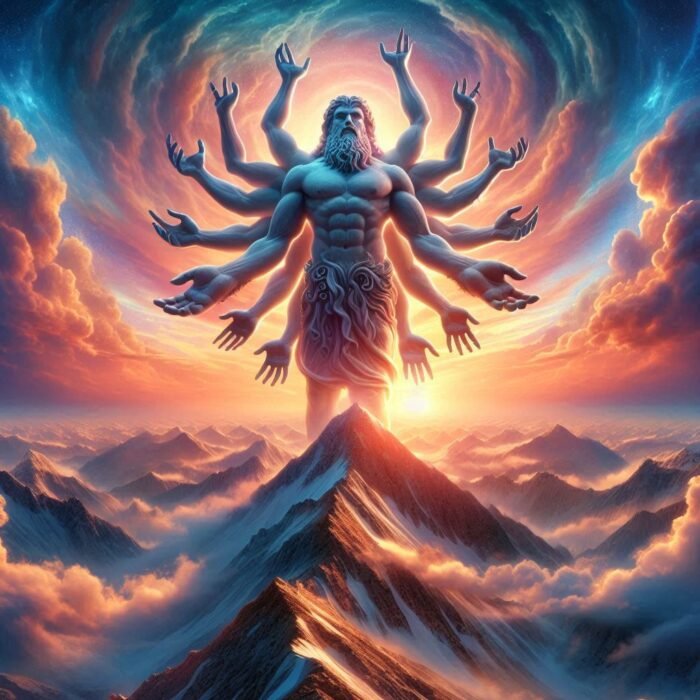
Three huge giants are standing in front of us.
(Greek: Εκατόνχειρες, Hekatoncheires, also known as the Hundred-Handed Ones) There were three giants of incredible strength and ferocity, ugly as they say, and bad characters mentioned in the religious texts of ancient Greek mythology.
They were the offspring of Gaea (Earth) and Uranus (Heaven), and their names were Cottus, Briareos, and Gyges.
All three had fifty heads and one hundred arms, which made them incredibly powerful. They were later imprisoned by their father, Uranus, in Tartara(Tartarus), a region of the underworld.
They symbolized the uncontrollable forces of nature, especially the clouds.
Little is known about the Hecatoncheires themselves, except that they were very strong and could cause great destruction with their hundred arms.
They were said to have bluish skin, though this is uncertain, as they are never described in detail.
Their role in mythology is most often overshadowed by their brethren, the Cyclopes, who were featured more prominently in various tales.
The Hecatoncheires are sometimes mentioned alongside other mythological figures like the Titans and Cronus, as well as various monsters like the Chimera or Minotaur.
Ultimately, however, they are seen as powerful but ultimately forgotten characters in Greek mythology.
Zeus liberated them so they could fight to support him in the great war of the gods against the Titans. In the end, they became the captives of the Titans in Tartarus. Maybe they still guard the Titans down there.
Phantasos: The monster that could take any form
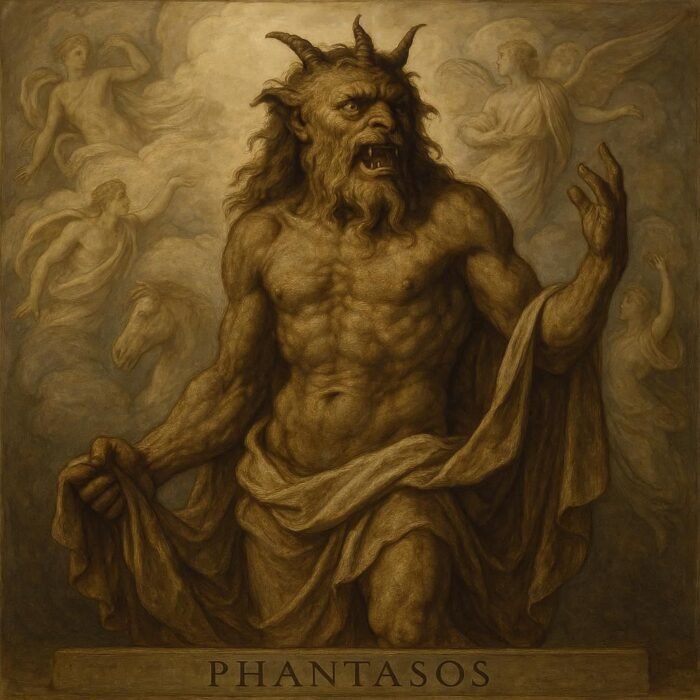
We move even lower. Into the fourth chamber. It looks empty, but it’s not.
On the walls around are carved all the dreams that man has ever seen or will see. At its center, there is a strange creature without a clear form.
Its name is Phantasos, a being who can transform into any inanimate thing, real or imagined, and present himself to humans in any form he wishes.
Son of Hypnos(the god of Sleep), and the Pasithea, one of the Charites (Graces).
His brothers were the god of dreams, Morpheus(Who could take the form and imitate the voice of every human being), and Phoebus or Phobetor (who could imitate any animal).
Phantasos was believed to be a shapeshifter, often taking the form of animals or birds. He is also associated with fantasy and imagination.
He was revered as a god of creativity and ideals, allowing mortals to escape reality through their dreams and visions.
But we do not sleep now, so we do not see it clearly, and he does not even know if we have a human form, so he can’t harm us.
Empousa: The one who penetrates
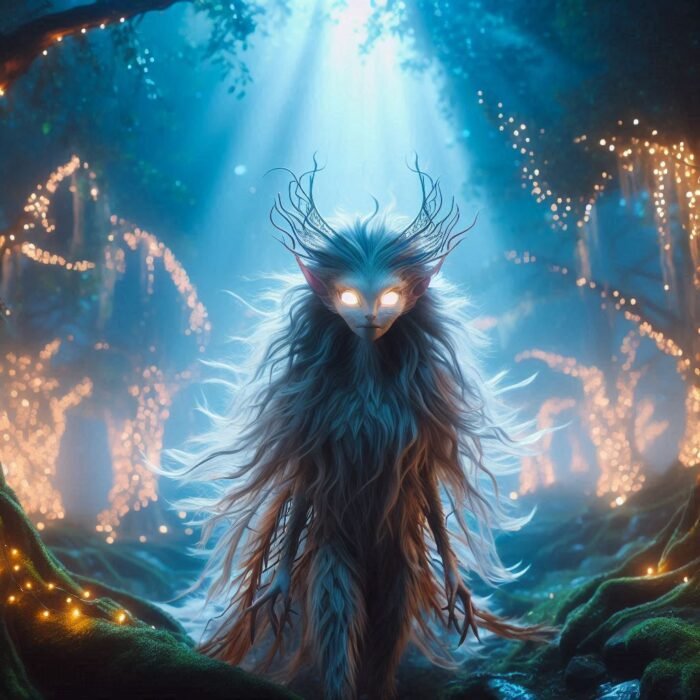
From a small hole, we keep going down lower and lower.
We reach the fifth chamber. Whispers and murmurs surround us.
At one end, there is a strange creature. She looks like a woman, but she has only one leg, where she wears a bronze sandal, and she has donkey dicks.
Her name is Empousa (“The one who penetrates”), she is considered the daughter of the goddess of the underworld, Hecate, goddess of witchcraft, who, as they say, often left the Underworld at night and ascended to the world of the living.
Her face lit up as if it were on fire, and she could take the form of an animal or a beautiful woman. Her purpose is to seduce travelers in deserted places, leading them to a bad end (you do not want details, believe me).
The only defense against her is said to have been swearing.
The dwarf demons Daktyloi (Fingers) or Idaioi
We are moving forward; now we are moving almost intangibly. We have to hurry because the lower we go, the more we get lost.
We are in the sixth chamber. Some creatures in the form of low rocks are here.
Mountain dwarf demons with magical qualities, and they are also great metallurgists.
People say that they jumped from the ground when the Titaness Rhea put her fingers in the ground, as she was giving birth to Zeus. Five women came out of her left hand, and five men from the right, and they stood there next to her as assistants in childbirth. However, there is no clear evidence as to the origin of these mysterious figures, and their mythology has been lost through time.
They are called Daktyloi or Idaioi. The name comes from the Greek daktylos, meaning “finger,” suggesting their small size.
According to some sources, they may have been related to similar figures from other cultures, such as the dakini in India and the aluxob in Latin America, who both have close associations with magic and mystery.
The Daktyloi of Eleusis were mythological figures in classical Athens, dating back to the 6th century BCE.
According to myth, they were a race of dwarf demons who protected the Mysteries of Eleusis, a set of secret ceremonies that were at the heart of the mystery cult at Eleusis.
They were said to have taken the form of snakes, dogs, and eagles with the ability to fly.
According to some accounts, they could even enter human bodies and control them.
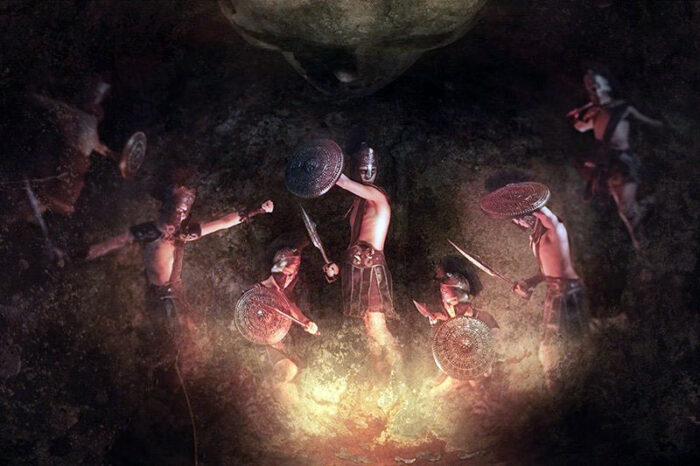
They got their name either because they jumped out of the holes in the ground made by the goddess’s fingers or because they were small, like finger-length, but they were great craftsmen.
It is said that later it was these women who went to the island of Samothrace and began their worship ceremonies, the Mysteries of Daktyloi (Fingers) – which later became the Kaverian mysteries. The maple leaf symbolized the five Fingers, that is, the palm of Rhea.
According to Strabo, they numbered from three to one hundred. Others report twenty right-handed blacksmiths and thirty left-handed women witches.
They are quite often identified with the Kerkopes, a small race of demonic beings who lived, they say, in Asia Minor.
But we have said a lot, and it is time to continue.
The mighty Typhon, the father of all monsters
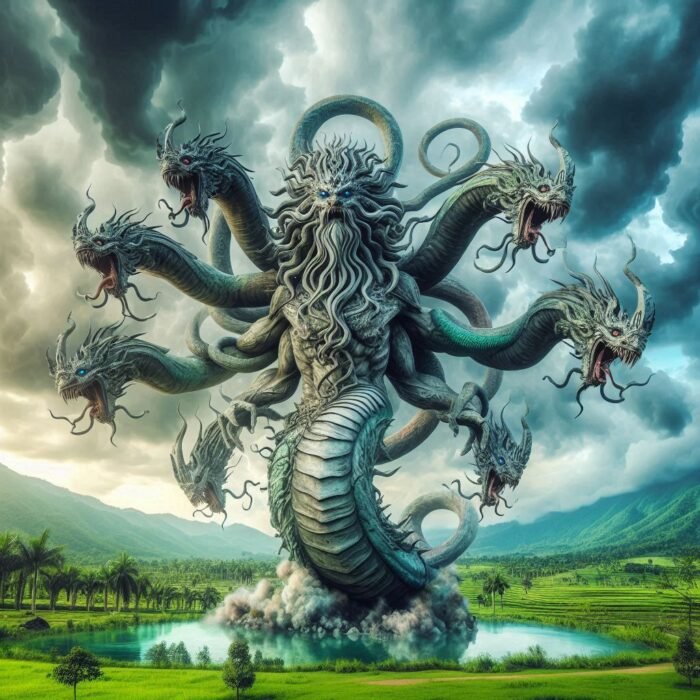
And here we are in the last chamber, the seventh.
Our torch is about to go out, but in the shadows, something fades.
It is the strongest and largest imaginary creature that has ever walked the earth. The son of the god of the abyss, Tartarus and Gaia, He is the mighty Typhon. The father of all monsters of Greek mythology.
He is described as being a giant humanoid, with a hundred dragon heads on the tips of his serpentine hands, which were so long (a hundred leagues each, they say) that one reached the ends of the world while his feet were said to touch the depths of Tartarus.
He was a powerful force of destruction and could spew fire from his many heads.
Tall to the stars and with huge wings that, when opened, cover the sky. From the middle and above in the form of a man, and from the middle and below like two coiled echidnas(snakes). With long hair and a beard on every head while the rest of the body is covered by its wings.
Many say they had seen him with a huge donkey head and eyes throwing fire, a mouth firing hot rocks, and a voice as if thousands of people and animals and birds, and reptiles were screaming at the same time.
Typhon’s awful children
His children were Cerberus, the Lernaean Hydra, the Lion of Nemea, the Chimera, and the Sphinx of Thebes.
After the war of the Titans, he was the one who fought against Zeus to seize power, but lost.
The bloodshed by the mortally wounded Typhon gave its name to the mountain range of Aimos that delimits the Balkan peninsula (as Aima is the word for blood in Greek).
It is said that he was buried under the volcano of Mount Etna in Sicily, together with Egelados( the god of earthquakes).
According to Hesiod, the windstorms are the children of Typhon.
Finally, Typhon is said to symbolize the last resistance of the savage and uncontrollable forces of nature against the enforcement of the order of natural laws. Maybe that’s why we had to go so deep to find him.
Time to return, before we get completely lost and forgotten in the dark caves and labyrinthine basements we have dived into. Take a deep breath, and time counts backward. We return today. In our place and present time.
Monstrous conclusion
We got only a little taste of those awful creatures that are hidden in the sanctuaries of the collective subconscious.
There are many caves, underground labyrinths, and galleries down there that, in a unique way, connect the various mythologies all over the world.
But we will talk about more creatures and even more deadly monsters of Greek mythology on another fantastic trip. For now, I hope you do not panic the next time you enter a cave…

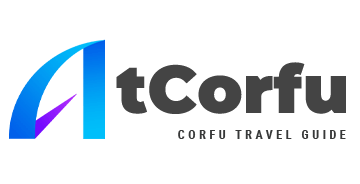
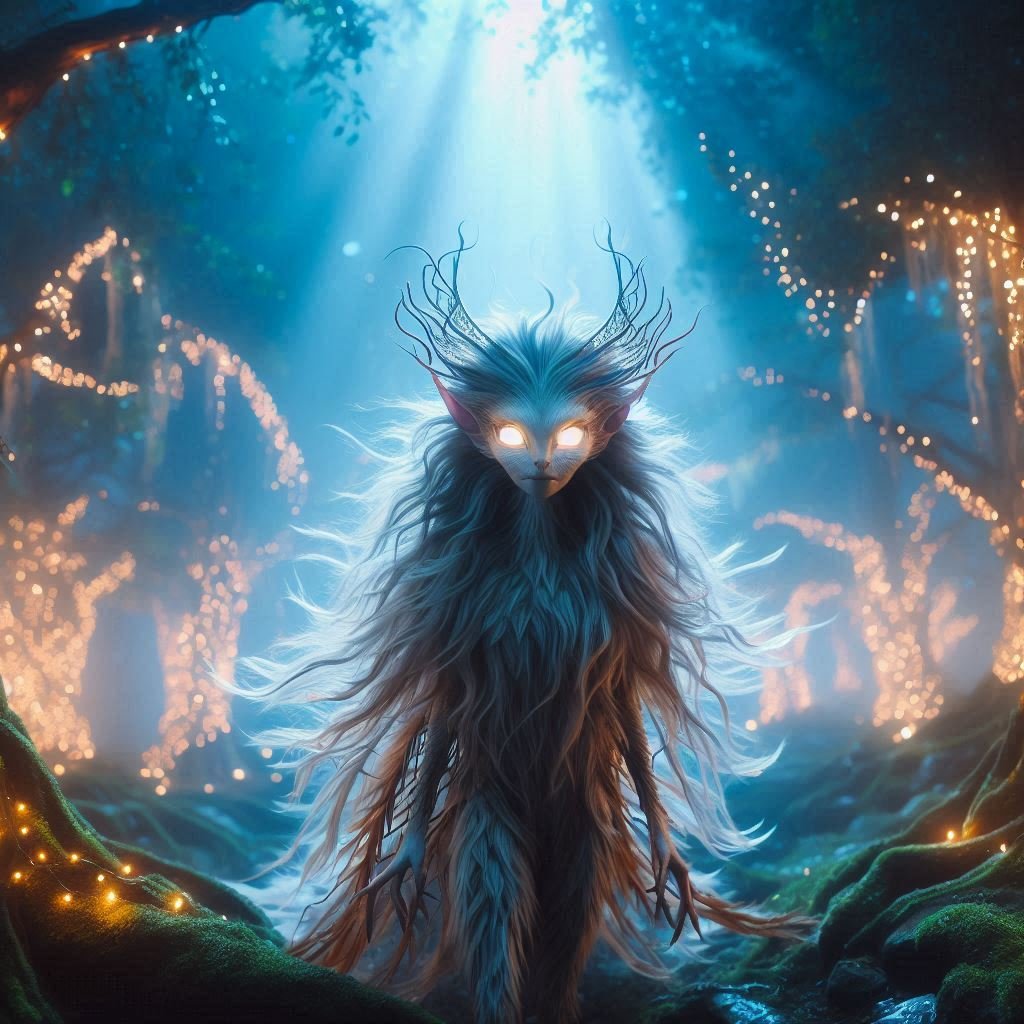


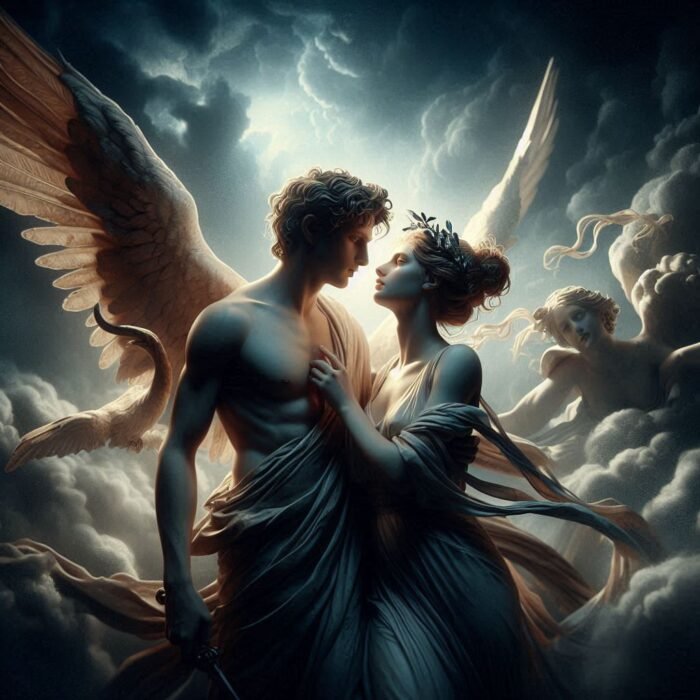
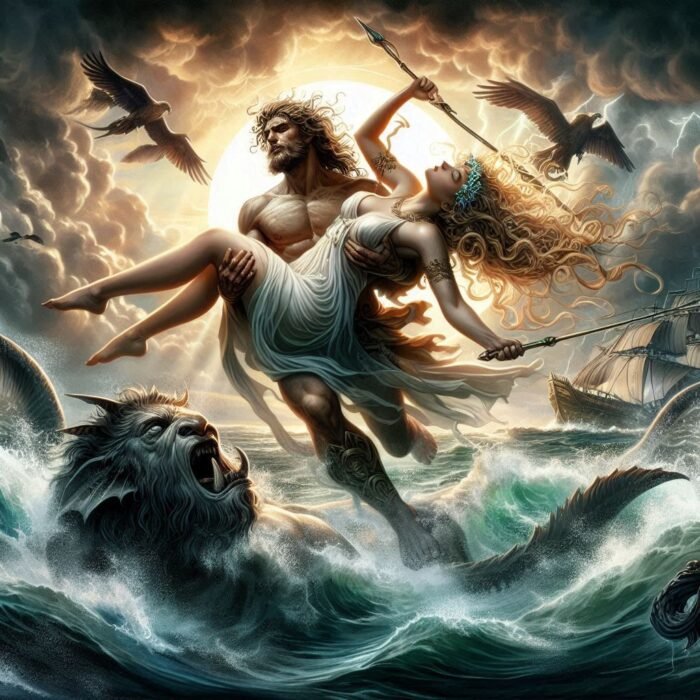
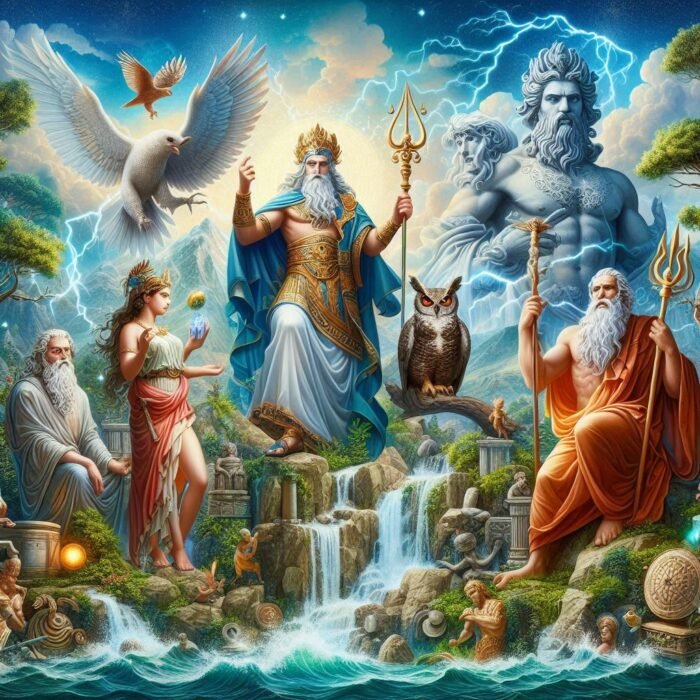
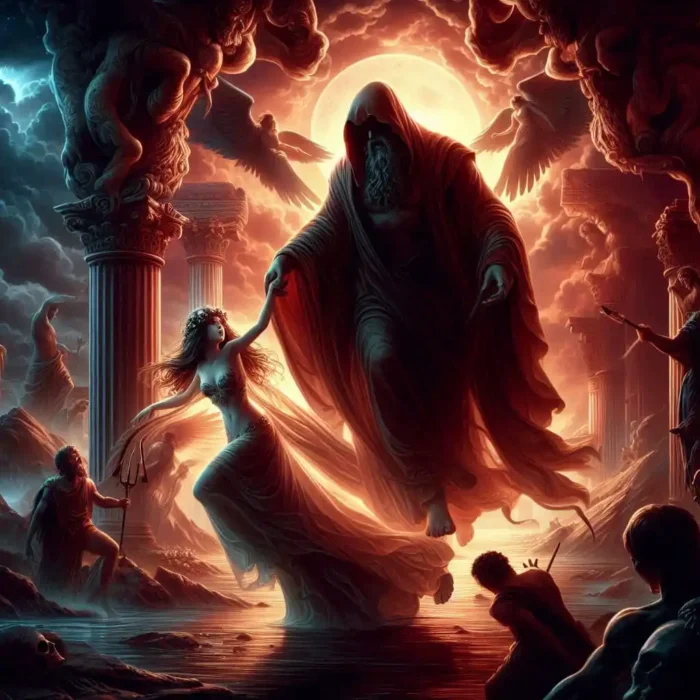
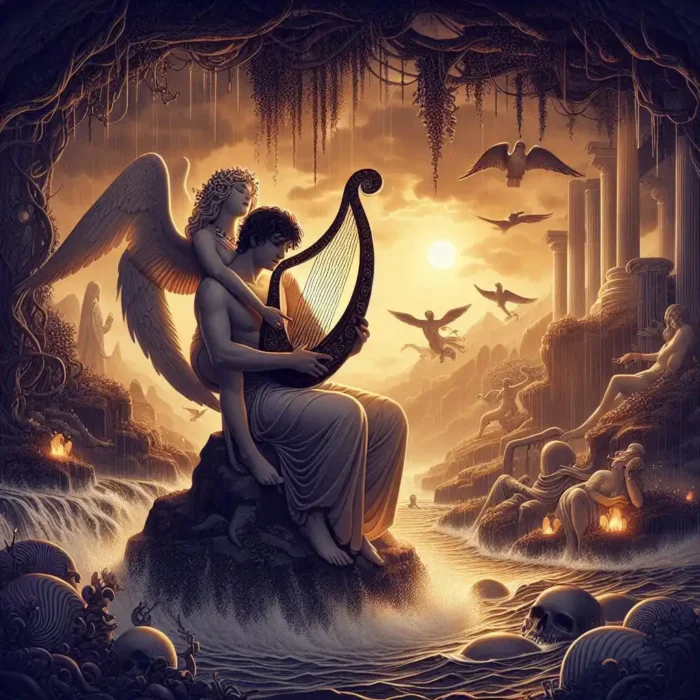

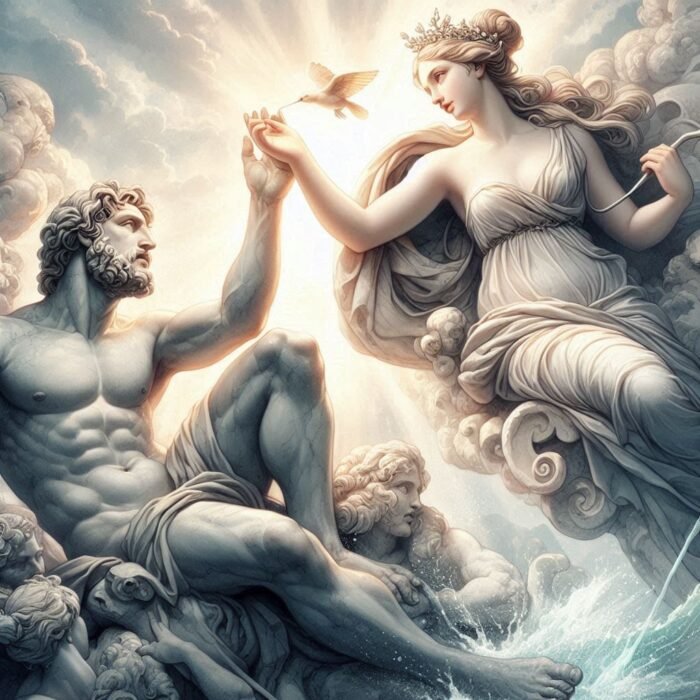
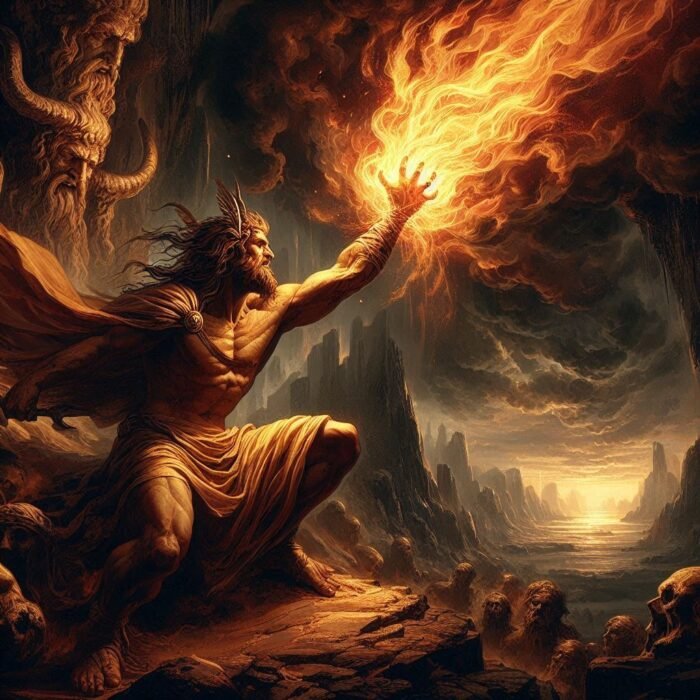
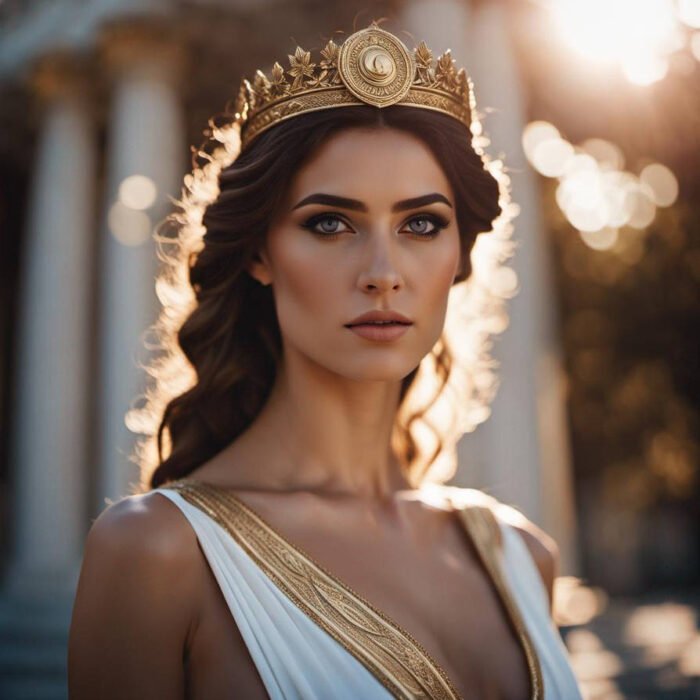
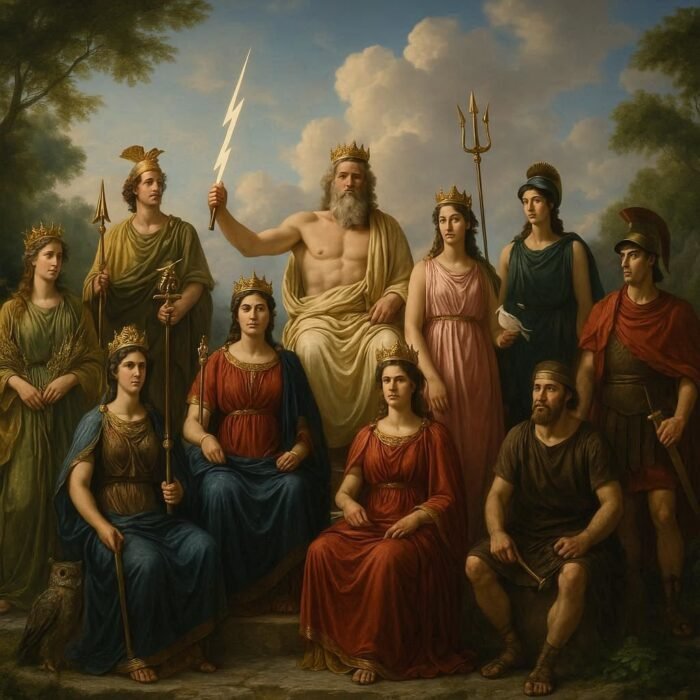
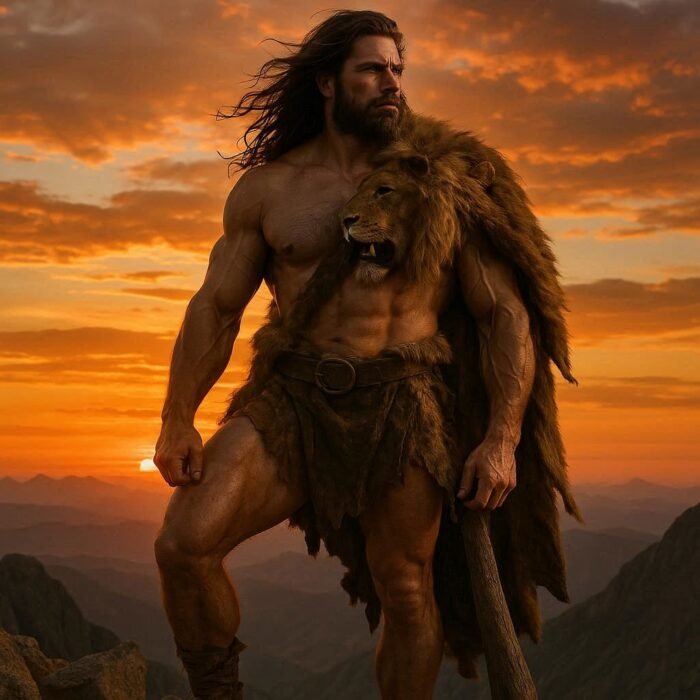
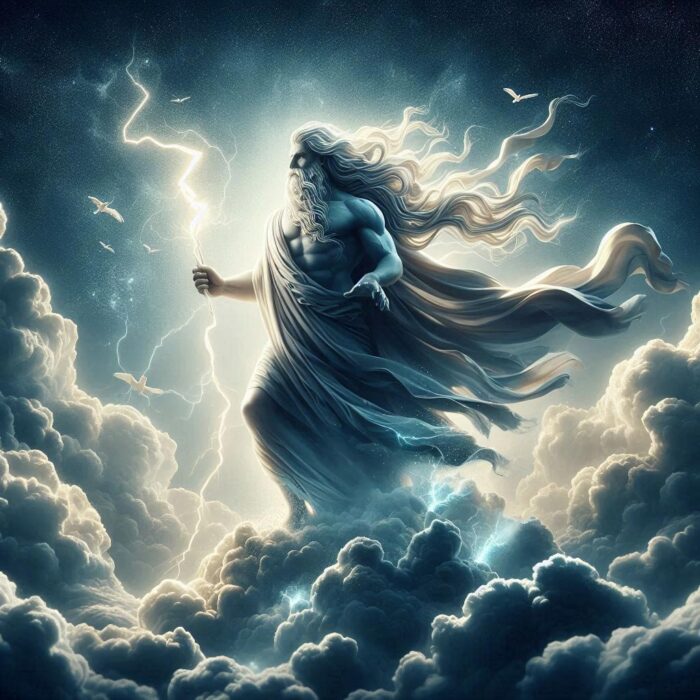
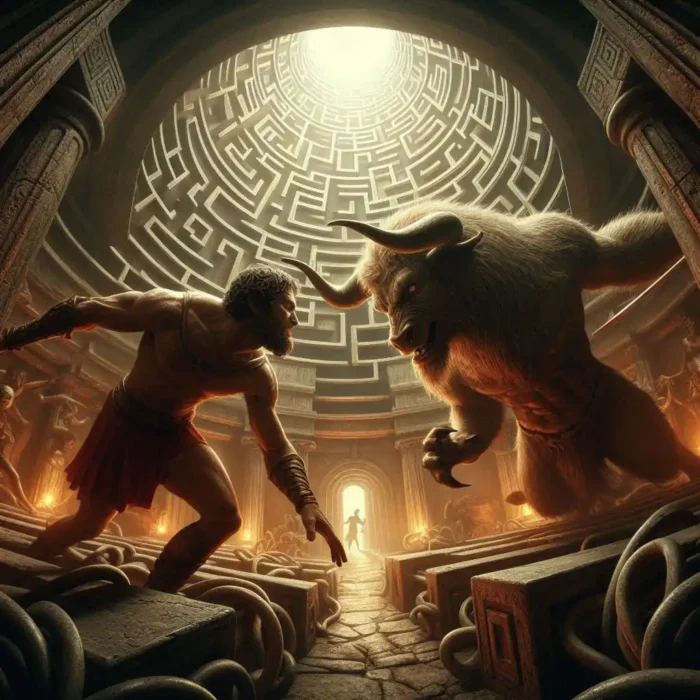
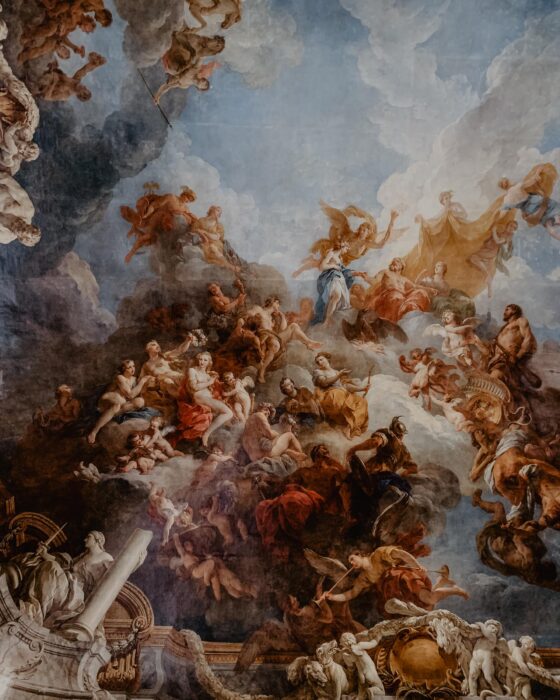
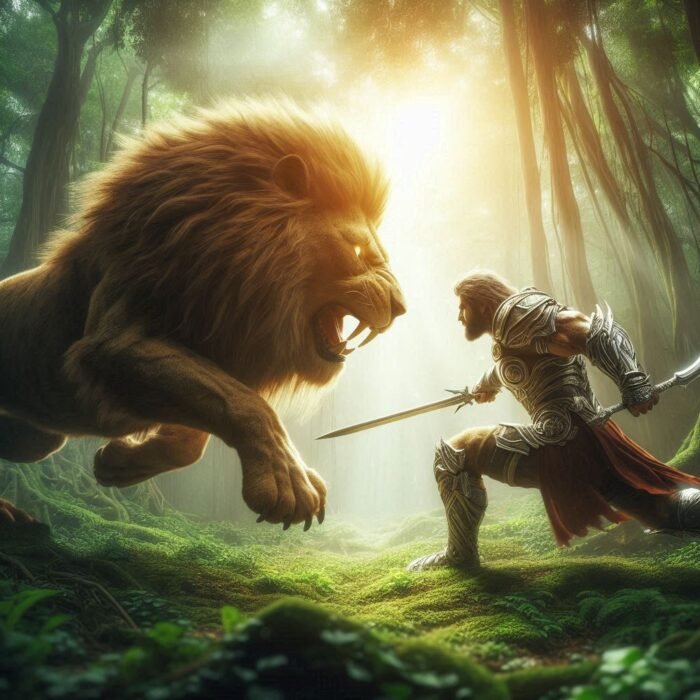
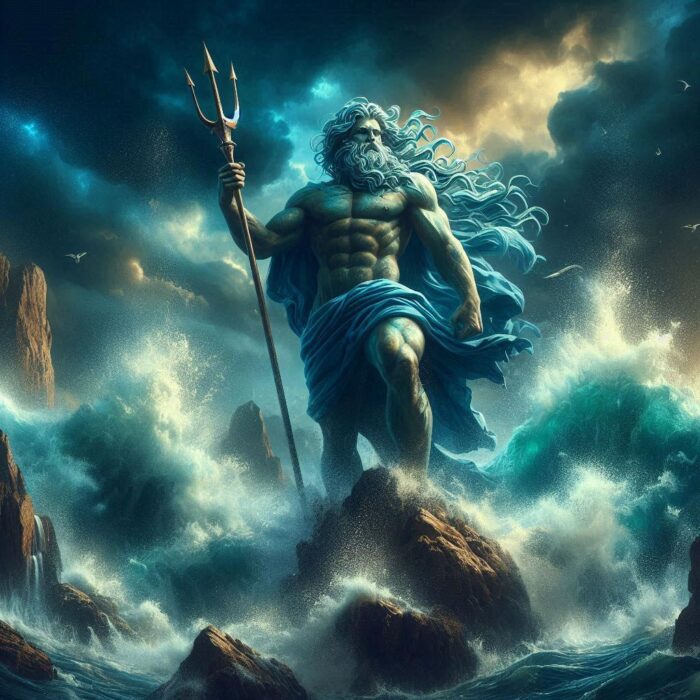

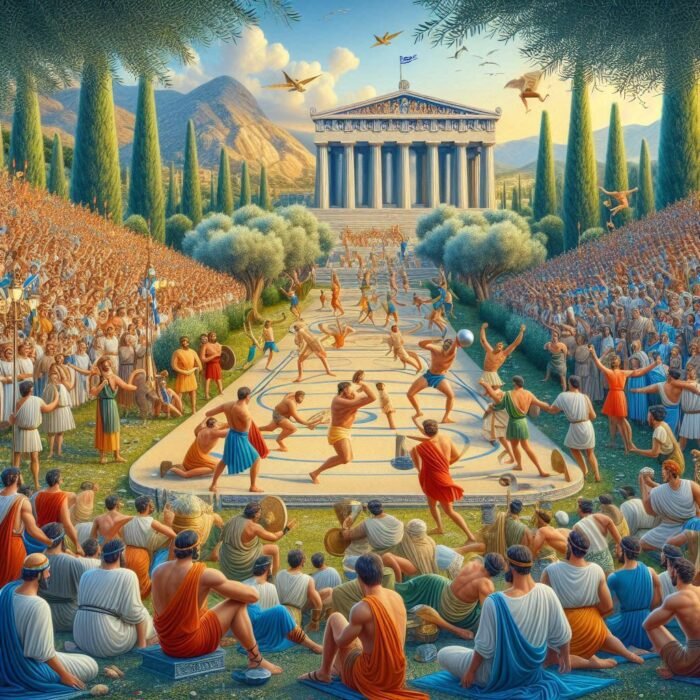


Comments